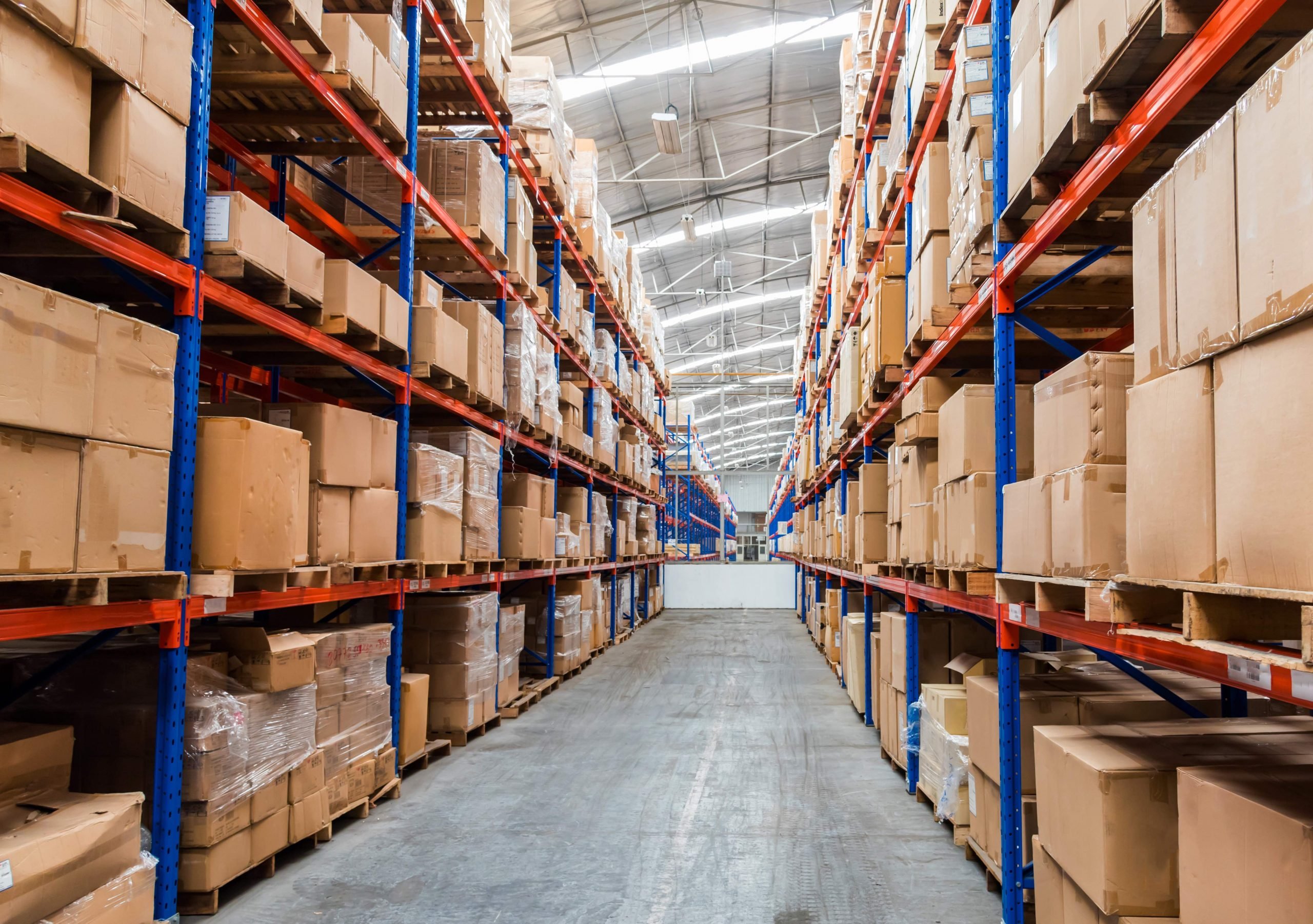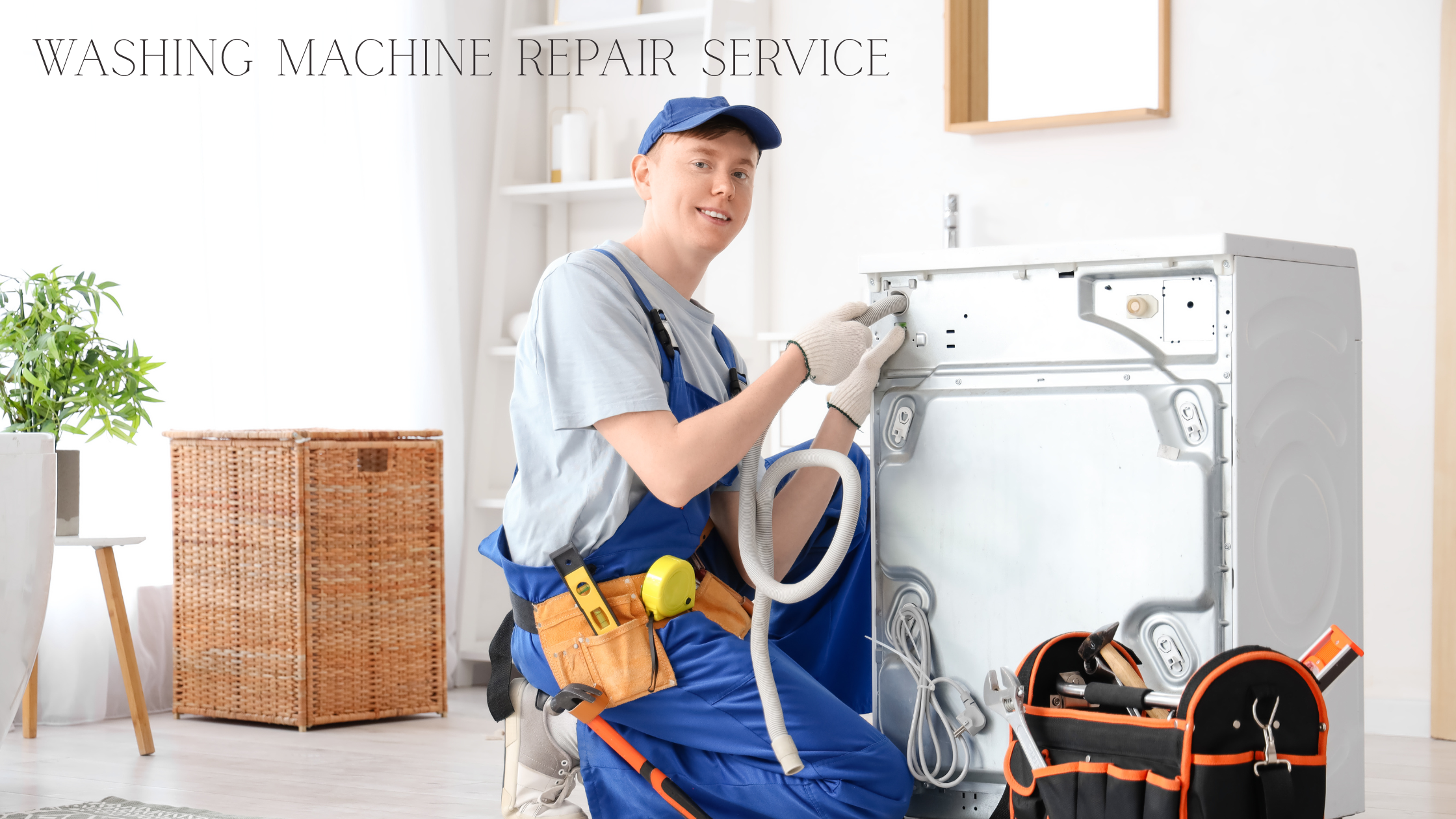In modern manufacturing, precision and traceability have become essential. A laser marking machine offers a clean, permanent, and highly efficient way to mark materials with logos, serial numbers, barcodes, and QR codes. Unlike traditional printing or engraving, a laser marking machine uses focused laser energy to alter the surface of a material without physical contact. This ensures durability, accuracy, and high-quality results, even in challenging industrial environments.
How a Laser Marking Machine Works
A laser marking machine works by directing a focused beam of light onto a surface to create marks. The energy from the laser interacts with the material, causing color change, oxidation, or slight surface removal. The result is a clear, permanent mark that can withstand wear, heat, and chemical exposure. Depending on the wavelength and power of the system, a laser marking machine can be adapted to metals, plastics, glass, ceramics, and even organic materials.
Fiber Laser Marking Machine: The Most Versatile Option
A fiber laser marking machine uses a fiber-optic cable doped with rare-earth elements like ytterbium to generate a high-intensity beam. It’s the preferred choice for marking metals such as stainless steel, aluminum, gold, and titanium. The fiber laser marking machine is known for its speed, reliability, and low maintenance cost. With excellent beam quality and high electro-optical efficiency, this type of laser marking machine can create ultra-fine, high-contrast marks suitable for electronic components, medical devices, and automotive parts.
CO2 Laser Marking Machine: Best for Non-Metal Materials
The co2 laser marking machine operates using a gas mixture that produces infrared light with a wavelength of 10.6 μm, making it ideal for non-metallic materials. A co2 laser marking machine is commonly used for wood, leather, paper, glass, and plastics. It provides smooth and clean edges, making it perfect for packaging, textiles, and craft industries. When compared to other types, the co2 laser marking machine is more economical for large-scale applications involving organic or polymer-based materials.
UV Laser Marking Machine: Precision at the Microscopic Level
For applications requiring micro-level precision, the uv laser marking machine is the ultimate solution. It operates with a wavelength around 355 nm, which belongs to the ultraviolet spectrum. The uv laser marking machine uses a “cold processing” technique—meaning minimal heat is transferred to the material. This allows it to mark delicate surfaces such as glass, silicon wafers, and plastics without damage. The uv laser marking machine is widely used in electronics, semiconductor, and medical industries, where ultra-fine marking and zero deformation are critical.
Comparing Fiber, CO2, and UV Laser Marking Machines
| Type | Wavelength | Best for | Features |
|---|---|---|---|
| Fiber Laser Marking Machine | 1064 nm | Metals, hard plastics | Fast, precise, durable |
| CO2 Laser Marking Machine | 10.6 µm | Wood, leather, paper | Cost-effective for non-metals |
| UV Laser Marking Machine | 355 nm | Glass, silicon, plastic | Micro-engraving, cold marking |
Each laser marking machine type serves a unique purpose. When selecting the right one, consider the material, marking depth, speed requirements, and production volume.
Advantages of Using a Laser Marking Machine
- Permanent and High-Quality Marks: A laser marking machine ensures markings that never fade or wear off.
- Non-Contact Process: No need for inks or tools—reducing maintenance and environmental impact.
- High Speed and Automation: Compatible with automated production lines for high efficiency.
- Eco-Friendly: A laser marking machine produces no waste or chemical residue.
- Versatility: Suitable for metals, plastics, glass, ceramics, and more.
Whether it’s a fiber laser marking machine, co2 laser marking machine, or uv laser marking machine, all offer unmatched precision and adaptability.
Applications Across Industries
A laser marking machine is now a core tool across multiple industries:
- Electronics: Marking microchips, circuit boards, and connectors.
- Automotive: Serial numbers and component identification.
- Medical Devices: Sterile and traceable markings on surgical tools.
- Jewelry and Crafts: Fine engraving on metals and gemstones.
- Packaging and Plastics: Batch codes and logos for traceability.
Each sector benefits from the precision, repeatability, and long-term reliability provided by a laser marking machine.
Choosing the Right Laser Marking Machine
When selecting your laser marking machine, evaluate the following:
- Material Type: Metals → choose a fiber laser marking machine; Non-metals → co2 laser marking machine; Fragile or high-precision materials → uv laser marking machine.
- Marking Speed and Depth: Higher power allows faster marking and deeper engravings.
- Budget and Maintenance: Fiber lasers offer the best long-term cost-performance ratio.
- Production Environment: Consider cooling, space, and automation compatibility.
A well-chosen laser marking machine can significantly boost production quality, traceability, and brand recognition.
Conclusion
The laser marking machine has become an indispensable tool in modern industry, offering precision, speed, and durability that traditional methods cannot match. Whether you need a fiber laser marking machine for metals, a co2 laser marking machine for organics, or a uv laser marking machine for delicate surfaces, each technology provides unique advantages tailored to specific applications. Investing in a reliable laser marking machine is an investment in long-term efficiency, brand integrity, and product excellence.




